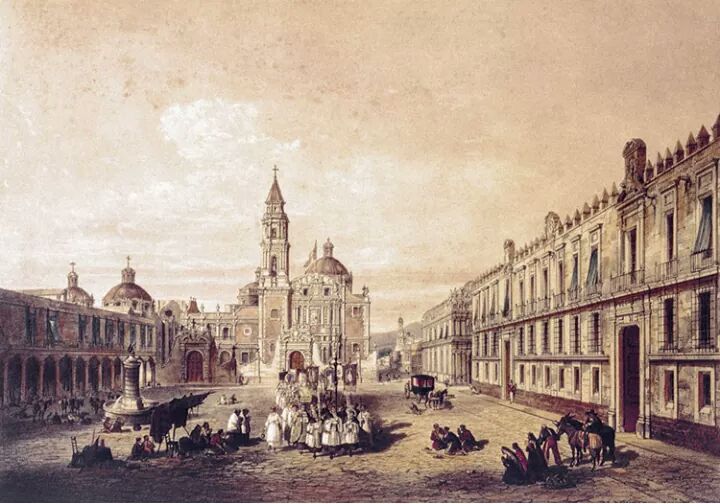The American Occupation of Mexico City in 1847
In September 1847, Mexico City, deserted by its leaders, fell to American forces, marking a bleak chapter in Mexican-American relations. The occupation witnessed brutal public punishments, violence, and a violation of civilian sanctity by American soldiers.

In September 1847, a significant and somber moment in the annals of Mexican history transpired when American forces seized control of Mexico City. This occupation, borne out of the Mexican-American War, represented not just the physical takeover of a city but also a turbulent encounter of cultures and a grim exercise in power dynamics.
The narrative begins with Mexico City's local leadership, feeling the weight of the American invasion, publicly urging resistance fighters to cease combat. A communiqué from the City Council, essentially a cry of desperation, reflected the bleak reality: Mexico City had been abandoned by the highest offices of the land, from the President of the Republic to the Governor of the District.




